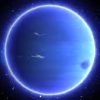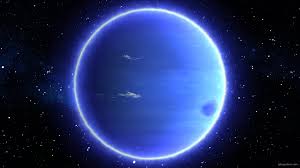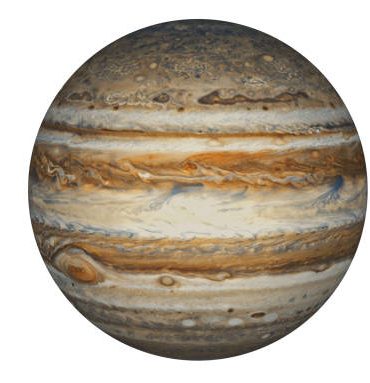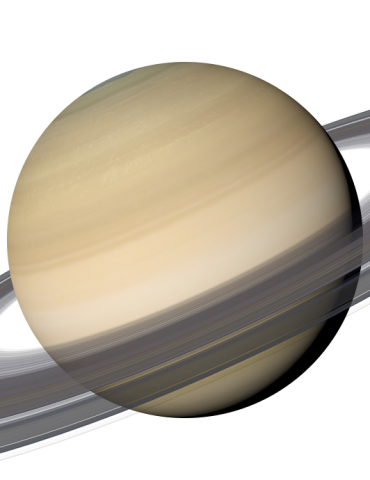
Echo Waves
Presented by Kenneth Dell
Lorem ipsum dolor sit amet, consectetur adipiscing elit. Mauris imperdiet pretium nibh at aliquam. Cras vestibulum magna vel ante tristique commodo. Maecenas hendrerit dolor sed lectus consectetur eleifend at ac lorem. Duis nisl neque, molestie in suscipit quis, dapibus eu massa. Nam ut sapien ultricies, porttitor erat a, sagittis sapien. Vestibulum tempor tempus convallis. Integer volutpat nunc in orci tincidunt tincidunt et eget nisi. Aliquam est mauris, scelerisque ut purus […]










